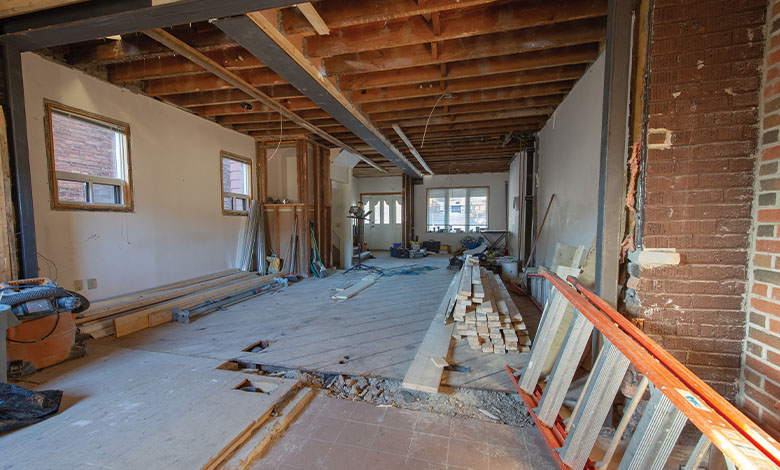51,000 worker shortfall to meet retrofit and construction goals

51,000 workers will need to be newly recruited and trained by 2030 if the Government is to meet its retrofitting and construction targets, a government report claims.
Within the retrofitting sector specifically, the report, published by the Department of Further and Higher Education, Research, Innovation and Science, outlines that almost 23,000 workers would need to be trained and recruited just to meet retrofit targets.
The bulk of the 22,779 extra workers needed in order to satisfy workforce requirements for the meeting of the Government’s target of retrofitting 500,000 homes to B2 BER standard by 2030 is made up of craft workers, with an estimated 12,266 needed between 2023 and 2030.
A further 8,142 workers in other trades are estimated to be needed, along with 2,369 professionally qualified workers.
The report, entitled, Report on the Analysis of Skills for Residential Construction and Retrofitting, 2023 to 2030, says that these new workers may be a combination of those currently employed in the industry who are seeking to upskill, or jobseekers who wish to pursue a career in building or retrofitting.
Using the report’s base figure from 2019, when only 3,870 workers overall were employed to work on the retrofit scheme, the report reasons that its 22,779 estimate for recruitment will mostly be accounted for by the expansion of the scheme – with 18,180 workers needed to address this expansion and the remaining 4,598 acting as replacements for those leaving the retrofit workforce.
The Government is targeting 500,000 homes to be retrofitted to B2 BER standard by 2030.
Data from the Department of the Environment, Climate and Communications and the Sustainable Energy Authority of Ireland (SEAI) states that 33,300 homes were retrofitted to such standard in the three-year period 2019-2021 and that it is expected that 14,400 will have been retrofitted in 2022. 71,300 homes are to be retrofitted to B2 standard in the three-year period between 2023 and 2025, meaning that 375,000 houses – 76 per cent of the total target – will be retrofitted in the five-year 2026-2030 period.
Achieving this goal would require an increasing of the average amount of homes retrofitted per year to 75,000 during this period, which would mark a large increase on the 26,400 houses to be retrofitted in 2025 and “presents a significant challenge to the education and training system”.





